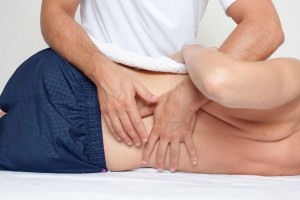Do All Chiropractors Use the same treatment Techniques?
No, no and no. There are literally thousands of chiropractic techniques out there that chiropractors can learn to aid in the diagnose and treatment of neuromusculo-skeletal conditions.
A common thread between all chiropractors in Australia, is the 5 years university training, necessary to become a registered chiropractor and a primary health care professional. Once graduated however Chiropractors can choose out of thousands of different techniques to aid there existing skill set.
The techniques used by chiropractors depend largely on their treatment philosophy. At Fluid Chiropractic, we use a variety techniques that aim to increase joint movement and range of motion. To do this a combination of joint mobilisation, manipulation, muscle stretching and dry needling can be used. This combination of techniques is referred to as diversified practitioner within the profession. Examples of other common chiropractic technique systems include Gonstead, Sacral-Occipital Techique and Applied Kinesiology
Joint mobilisation, is the use of gentle stretching movements and resistance, applied specifically to stiff joints, that can increase joint movement and decrease muscle stiffness. Osteopaths refer to joint mobilisations as muscle energy techniques, however they essentially the same method and have the same result and joint movement and muscle tone. More information on other chiropractic techniques can be found on this link https://fluidchiropractic.com.au/services/chiropractic/.
Common to all chiropractor is the knowledge to accurately diagnose and manage musculo-skeletal conditions, including both spinal and sports injuries.

